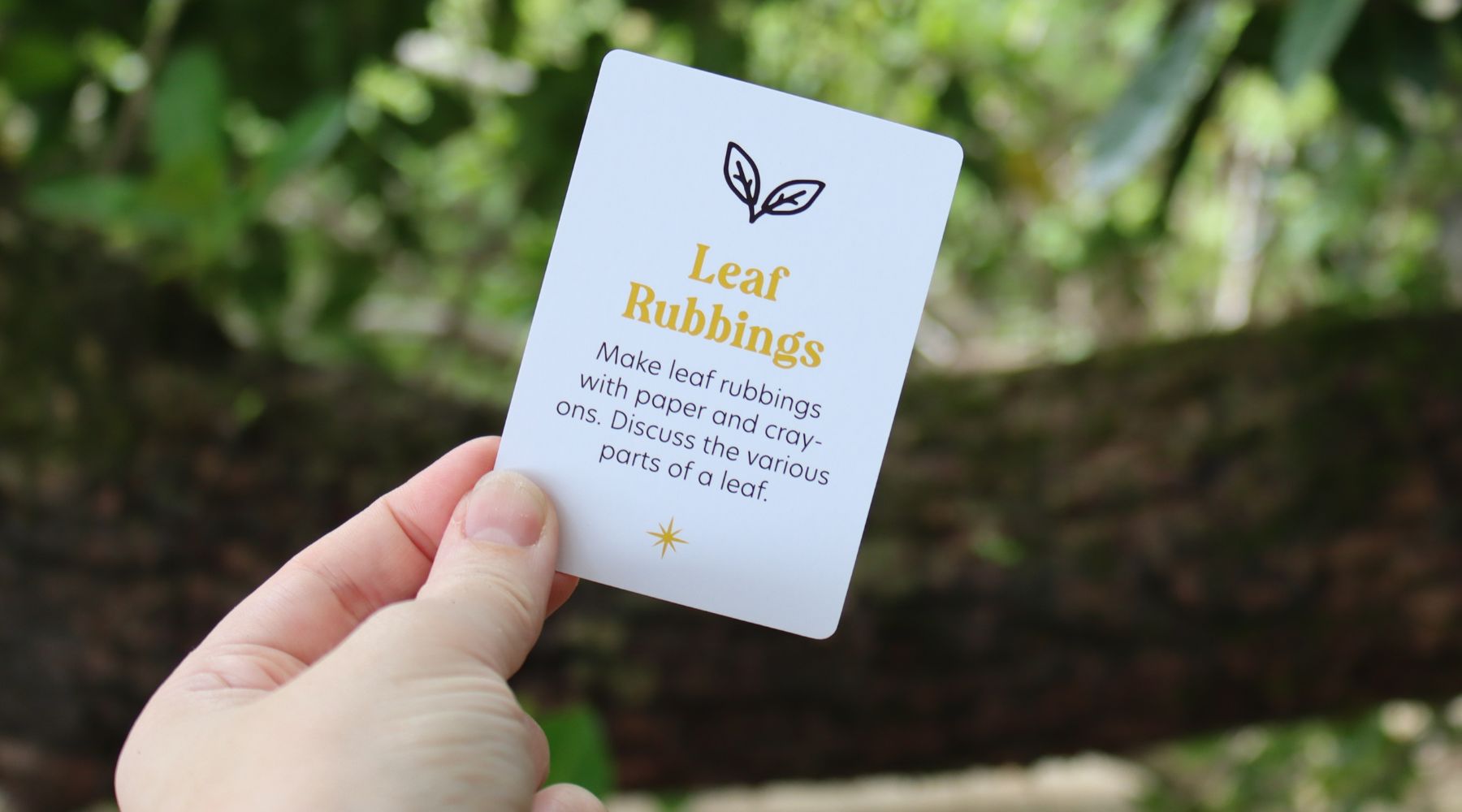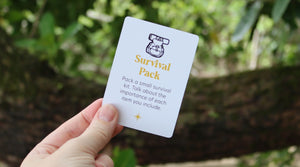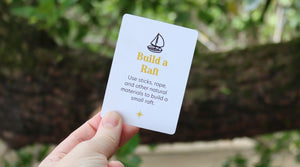Leaf rubbings are a simple and fun way to explore the beauty of nature while learning about the different parts of a leaf. By creating a rubbing, you can see the detailed structure of leaves that you might not notice at first glance. In this blog, we’ll walk you through making your own leaf rubbings using just paper and crayons, and we’ll discuss the parts of a leaf and what makes each one special.
What You’ll Need:
- Paper (white or light-coloured works best)
- Crayons (with the paper peeled off)
- Fresh leaves (try to find different shapes and sizes)
- A flat surface to work on
Step-by-Step Guide to Making Leaf Rubbings
1. Collect Your Leaves
Head outside and gather a variety of leaves. Look for different shapes, sizes, and textures. The more variety you find, the more interesting your rubbings will be. Try leaves from different trees or plants for comparison.
2. Place the Leaf Under the Paper
Once you have your leaves, lay one flat on a table or another hard surface with the textured side (the underside of the leaf) facing up. Then, place your piece of paper over the leaf.
3. Rub the Crayon Over the Paper
Hold a crayon on its side and gently rub it back and forth over the paper, right on top of where the leaf is. As you rub, the outline and details of the leaf will begin to appear on the paper. Make sure to rub over the whole leaf to capture the veins and edges.
4. Experiment with Colors
Try using different colours for each leaf to make your rubbing more vibrant. You can also layer multiple leaves under the same piece of paper for a collage effect.
5. Repeat with Different Leaves
Once you've completed your first leaf rubbing, try the same technique with other leaves. Compare the patterns and shapes you see from each one.
Understanding the Parts of a Leaf
As you examine your leaf rubbings, you’ll notice the fine details of each leaf. Here’s what you’re looking at:
1. Blade
- What it is: The blade is the flat, broad part of the leaf that collects sunlight for photosynthesis. It’s the largest part of the leaf and contains the chlorophyll that gives leaves their green colour.
- Look for: In your leaf rubbing, the blade is the large surface area that makes up most of the pattern you see.
2. Veins
- What they are: Veins carry water and nutrients throughout the leaf. They also provide support, helping the leaf stay rigid.
- Look for: The veins are the fine lines that spread out across the leaf. In your rubbing, they appear as raised lines coming from the centre of the leaf.
3. Midrib
- What it is: The midrib is the central vein running down the middle of the leaf. It’s the largest and most prominent vein, connecting smaller veins to the stem.
- Look for: This is the thick line running straight down the centre of your leaf rubbing. It’s usually the easiest vein to spot.
4. Petiole (Leaf Stem)
- What it is: The petiole is the small stalk that attaches the leaf to the plant’s stem. It helps transport nutrients between the leaf and the rest of the plant.
- Look for: The petiole is often visible at the bottom of your rubbing, where the leaf connects to the branch.
5. Margin
- What it is: The margin is the edge of the leaf. Some leaves have smooth margins, while others are jagged or wavy.
- Look for: The outline of the leaf’s edge in your rubbing shows the shape of its margin. Compare different leaves to see how their margins differ.
Why Leaves Are Important
Leaves play a crucial role in the life of a plant. They use sunlight to produce food through a process called photosynthesis, which is how plants grow and stay healthy. The structure of a leaf, from its blade to its veins, is perfectly designed to capture sunlight and transport nutrients.
Fun Leaf Facts
- Did you know? Leaves change colour in the autumn because the plant stops producing chlorophyll, allowing the red, yellow, and orange pigments to show through.
- Interesting fact: Different plants have different leaf shapes to adapt to their environments. For example, long, thin leaves help plants conserve water in dry areas.
Wrapping Up Your Leaf Rubbing Adventure
Now that you’ve created beautiful leaf rubbings and learned about the parts of a leaf, you can start your own collection of rubbings. Try collecting leaves from different seasons, or even leaves from different regions, to see how their shapes and structures change.



